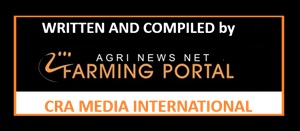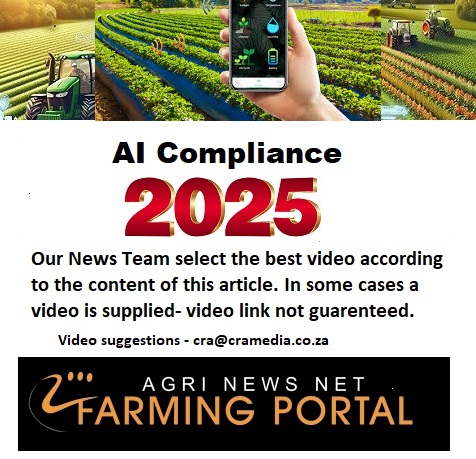For years, our news team at Farming Portal and Agri News Net has questioned the accuracy of official monthly statistics in reflecting the real challenges faced by South African farmers. We warmly welcome the Southern African Agri Initiative (Saai)’s Farmer Input Cost Index (FICI), which offers a more precise and independent measure of the inflation pressures weighing on the agricultural sector.According to Saai’s FICI, farmers’ input costs have surged by an average of over 9.1% since April 2020, far outpacing the 4.5% food inflation reported by Statistics SA in August 2025. Despite a drop in overall inflation from 6% to 4.4% year-on-year in 2024, the lingering effects of double-digit input cost inflation in 2021 and 2022 continue to burden farmers. Francois Rossouw, Saai’s CEO, emphasized that the FICI, compiled from reliable data sources and direct farmer consultations, provides a truer picture of the economic realities on the ground.“Farmers crave accuracy, and an independent indicator tailored to their unique circumstances allows them to benchmark their operations effectively,” Rossouw said. “Official estimates are helpful, but the FICI reveals that farmers face far higher cumulative input cost inflation than those figures suggest.”
The biggest driver of agricultural inflation has been fertilizer costs, which have risen over 20% annually over the past five years, followed by electricity costs at more than 13% per year. Rossouw underscored the urgency of addressing government-related inflation drivers and service delivery failures, noting that “farm-level inflation directly impacts food costs for all South Africans. It’s in everyone’s interest to take these cost drivers seriously.”Saai’s commitment to releasing the FICI monthly marks a significant step toward transparency and accountability in the sector.
As the only independent, privately owned media outlet covering South African agriculture seven days a week, we at Farming Portal and Agri News Net applaud this initiative. It aligns with our mission to deliver unfiltered, practical insights to farmers and stakeholders, ensuring the sector’s challenges—and solutions—are brought to light.
Agricultural statistics in South Africa are primarily produced by Statistics South Africa (Stats SA), the official national statistical agency, in collaboration with the Department of Agriculture, Land Reform and Rural Development (DALRRD). These include data on crop yields, livestock numbers, employment, GDP contribution, and inflation metrics, sourced from surveys like the Annual Agricultural Survey and Census of Commercial Agriculture. While Stats SA's data is widely used for policy-making, economic analysis, and international reporting (e.g., by the World Bank and FAO), its accuracy has faced significant scrutiny, particularly from industry stakeholders. Criticisms center on undercounting, methodological limitations, and a disconnect from on-farm realities, leading to calls for reform.
In summary, while Stats SA's statistics offer a solid foundation for macro-level analysis, their accuracy is compromised by undercounting, focus on commercial operations, and lags in capturing input costs and smallholder dynamics. Independent indices like FICI reveal a more nuanced, often harsher reality, underscoring the need for methodological updates to support equitable policy and farmer resilience. For the latest data, consult Stats SA's portal or Saai's reports.

Want to join our popular weekly viewpoint? Contact us at This email address is being protected from spambots. You need JavaScript enabled to view it.!

DISCLAIMER
The views and opinions expressed in this program are those of the writers and do not necessarily reflect the views or positions of any entities they represent. The information contained in this website is for general information purposes only. The information is provided by CRA and while we endeavour to keep the information up to date and correct, we make no representations or warranties of any kind, express or implied, about the completeness, accuracy, reliability, suitability or availability with respect to the website or the information, products, services, or related graphics contained on the website for any purpose. Any reliance you place on such information is therefore strictly at your own risk.
















